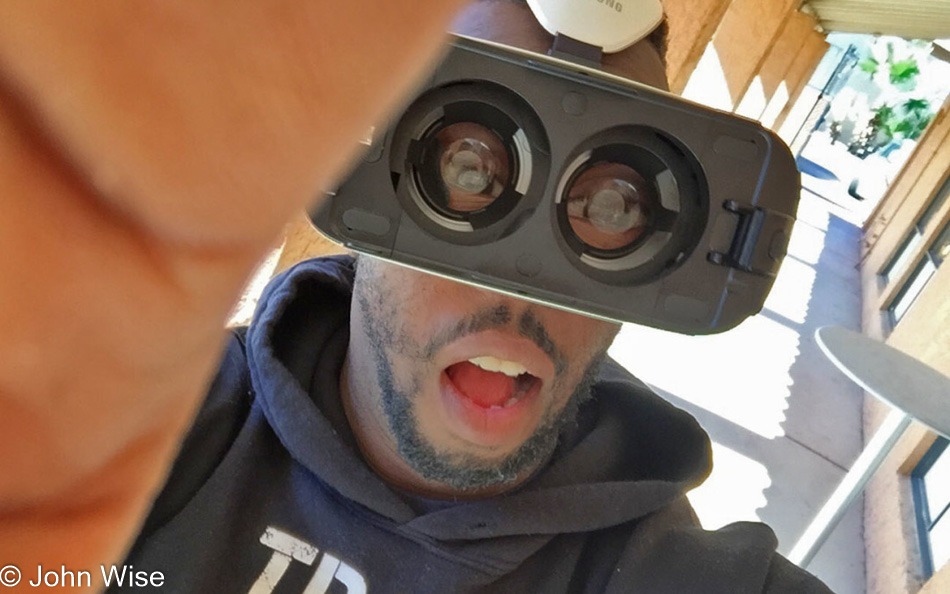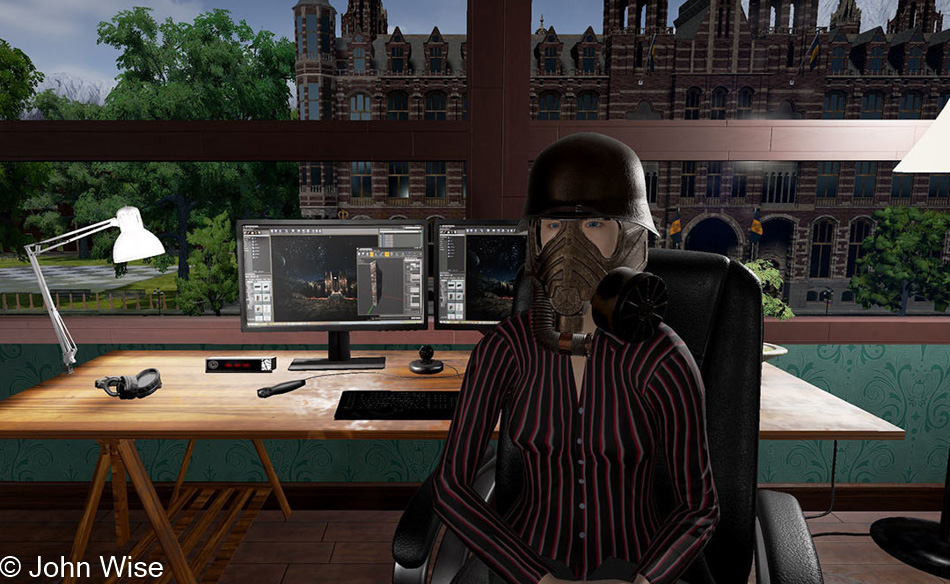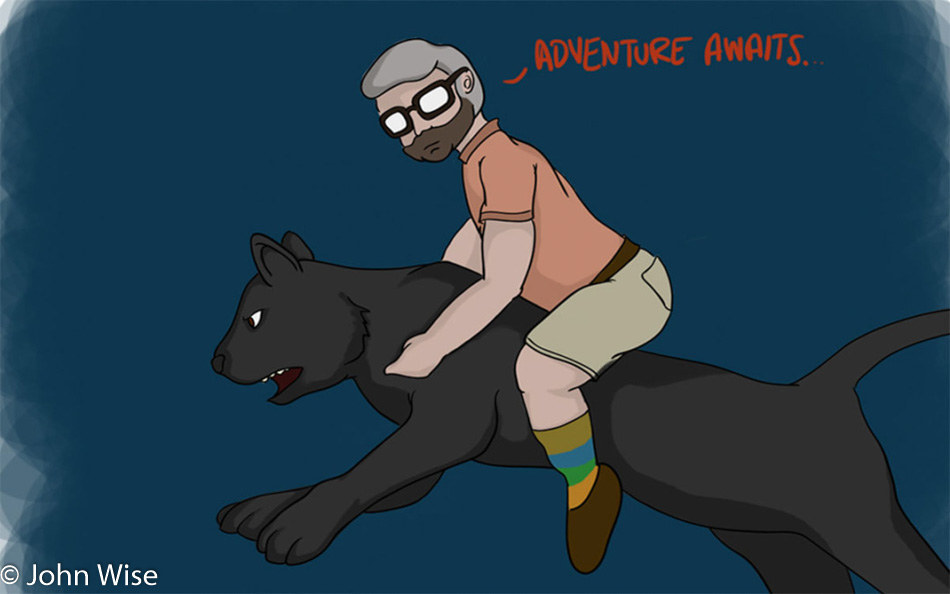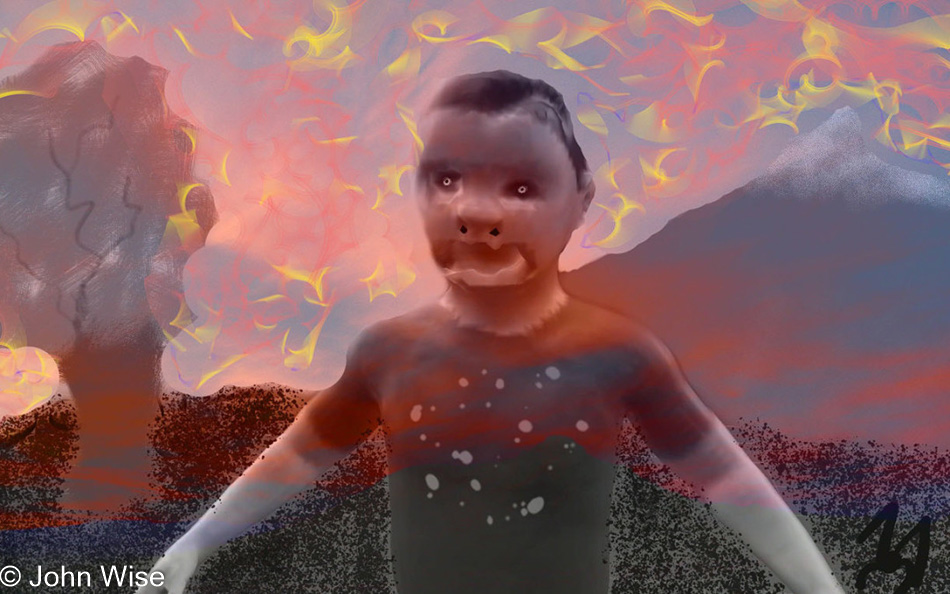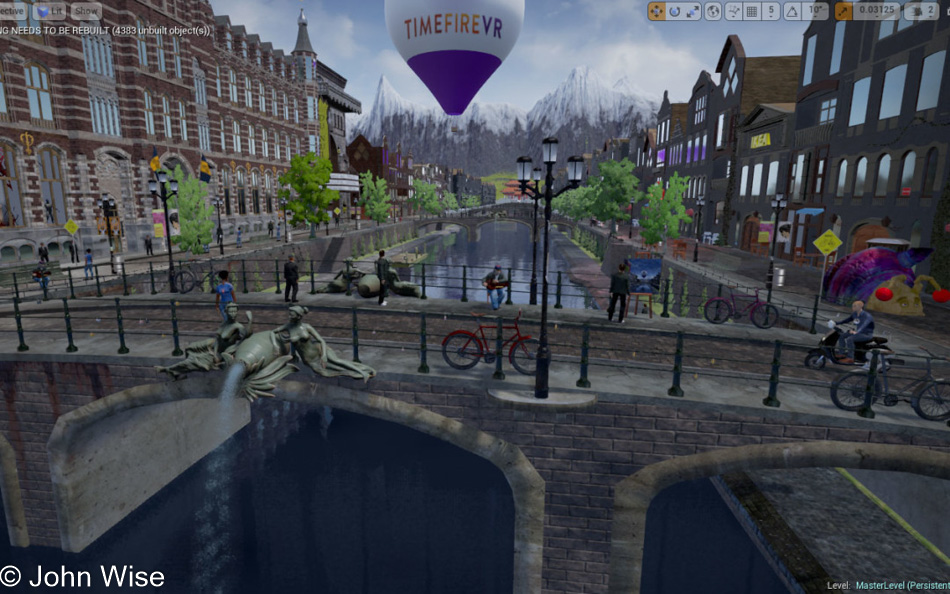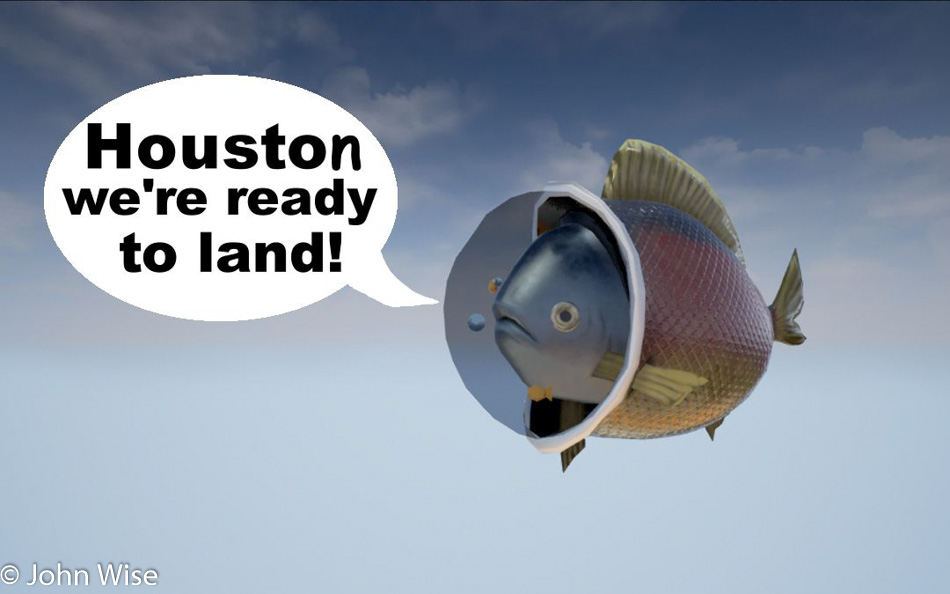
Scientists have recently verified a genetic mutation first identified in 2006 from a random sampling of newborns as a significant enough anomaly to warrant claiming a new species of humanity has emerged. Walking among us today may be a species of humans that could be our replacements.
These findings have been kept secret for nearly a decade due to the fear that the release of such information could cause widespread hysteria. The discovery has been held from public knowledge as authorities and the scientific community sought to understand the larger implications for society.
For many, the first question would be, “If humans were showing signs of evolutionary change, would anyone be able to shield it from the public eye?”
The simple answer is there isn’t any physical mutation or visual differentiation that would allow us to easily spot the carriers of the new mutation in the way we would be able to distinguish modern humans from Neanderthals. There are NO outward differences that enable us to identify this new species of man and woman.
After years of research, the mutation appears to have started following the early years of the second Industrial Revolution (ca. 1900), but possibly not until the 1940s did the process gain momentum. For millennia, our species IQ has been slowly growing with some estimates suggesting it took close to 100,000 years for our intelligence to move from an apelike IQ of about 50 to something around 70 by 1900. Today, the average IQ of an American is about 100. In one percent of the time, humanity’s average intelligence went up 150%. Most of this gain has been post-World War II, along with our incredible gains in technology.
Following the Enlightenment of the 18th century, we humans entered a period of great intellectual advancement in medicine, chemistry, physics, communication, art, work, and ideas of freedom. The ensuing two hundred years were tumultuous and filled with war due to the social and structural norms that were being broken down due to humanity’s encounter with greater intellectual capacity. Stark and dramatic changes due to innovation were convulsing society.
It is now theorized that the forces that have propelled the evolutionary changes that had us diverging from a common ape ancestor and evolving from ancestral species such as Homo Erectus and Heidelbergensis along with failed side branches such as Neanderthalensis, Denisovans, and Floresiensis are still at work and producing a new version of us Hominins.
One possible explanation of how the mutation occurred is that it could have originated from some not-yet-understood communicative relationship between our brains and DNA. It is as though our species’ genetic code was somehow able to foresee and anticipate the social implications of our intellectual advancements and, in some way, understand where humanity would take knowledge. The idea that our DNA or some other biological mechanism can then direct gene expression and alter our very humanity to favor certain characteristics is certainly in the realm of what we thought until now was science fiction.
When we humans moved away from our hunter-gatherer roots and entered an agrarian age, we started to rapidly develop technology, allowing us to alter the lives of plants and head down a path of animal husbandry to domesticate particular animals. While this knowledge served us well for 10,000 years, it was with the approach of the modern era that we would see the greatest acceleration of change.
Nearly right up to modern times, people who lived on the margins of Earth in primitive cultures were seen as contemptible and just as often worthless. As such, they were taken into slavery and or pushed off their ancestral lands in order to make way for progress. For many years, our ancestors didn’t believe that these “barbarians and primitives” were even related to the modern enlightened figure who was thrusting culture and economy forward.
Fast forward to today, and we see the exchange of information and economy on a global scale with no end in sight. People have been culturally and racially integrating while accepting the rapidly changing social views that are coming with the dawn of distributed knowledge. And it is this word, knowledge, that is the underpinning of our current evolutionary trajectory.
Knowledge was and is the only tool our species can possess that might allow life to move into the Universe. If we were to remain warlike, full of hatred and intolerance, we could theoretically extinct ourselves before intelligent life had the opportunity to move forward with its ultimate instinctual goal – the propagation of life.
Many on Earth now recognize the vestiges of this ancestral predecessor and are trying to repair their violent mistakes with steps to alleviate the damage inflicted upon our environment and other species. This change of attitude and action is likely originating in this new species of humans.
This information is starting to leak out now because the mutation is widespread enough that no attempt to destroy it will be effective. In all corners of the Earth, we are seeing the appearance of this new form of man and woman. We might recognize them as they embrace complexity and strive for social cohesion.
Their immediate ancestors were the scientists, mathematicians, doctors, programmers, and politicians who paved the way for everything from rocketry, MRI, smartphones, the Internet, and, yes, Virtual Reality. The possible first generation of these new people has already retired, with the second generation in their working prime soon, though the largest wave of new humans will wrest control from the dominant but self-extincting earlier species of man and begin to take the helm of guiding humanity.
Some might worry that as the older version of humanity recognizes they are being pushed aside, they will rebel and attempt to kill off the new type of human being. However, this kind of backlash may not be feasible, as the new version cannot be distinguished from the old.
Our forebears had to look identical as in all likelihood, the current dominant species would have attempted to extinct it if it could identify it, especially if it posed a threat to people and their way of life.
Nature appears to be putting to rest the part of the hominin species that brought us the Stone Age and fought our battles. The next version of humans might be called Homo Intelligens, and their coming era and beyond could be one of social, almost hive-like cooperation that could propel thought and culture deep into the Universe as we find our way off of our planet and into the cosmos.
If you would like to know who they are, you can find them scattered around our Earth. Often, the genetic mutation has been triggered in the children of average people, and no one can yet see just how different they will grow up to be. There are hundreds of millions of them. They will be known for their ease of moving into complexity. They are hugely social and accepting of cultural differences while being wary of people stuck in outdated modes of thought and intolerance. In the 1970’s we likely got our first real glimpse of them as a growing population when they became computer programmers and engineers and ushered in the age of communication.
Without them now humanity would possibly cease to exist as there are simply too many people on Earth that must be fed, clothed, housed, their waste eliminated, their cities maintained, electricity distribution, and communication systems kept humming.
Humanity is at a crossroads where it must choose to embrace the coming radical social upheaval that will accompany our shift from one human species to another. One that doesn’t share the same cultural norms, religion, and antiquated forms of behavior of the group it is leaving behind. Or the aggression still inherent in our dominant species, who inherited their warlike violent tendencies from long-separated ape ancestors, will drive them to declare war on humanity and cause our demise.
“They will be known by the masks they wear on their faces, and you will find them in Virtual Reality. Their secret society will be invisible unless you know just where to look. They are shaping our future; they will be walking among us in Hypatia.”
